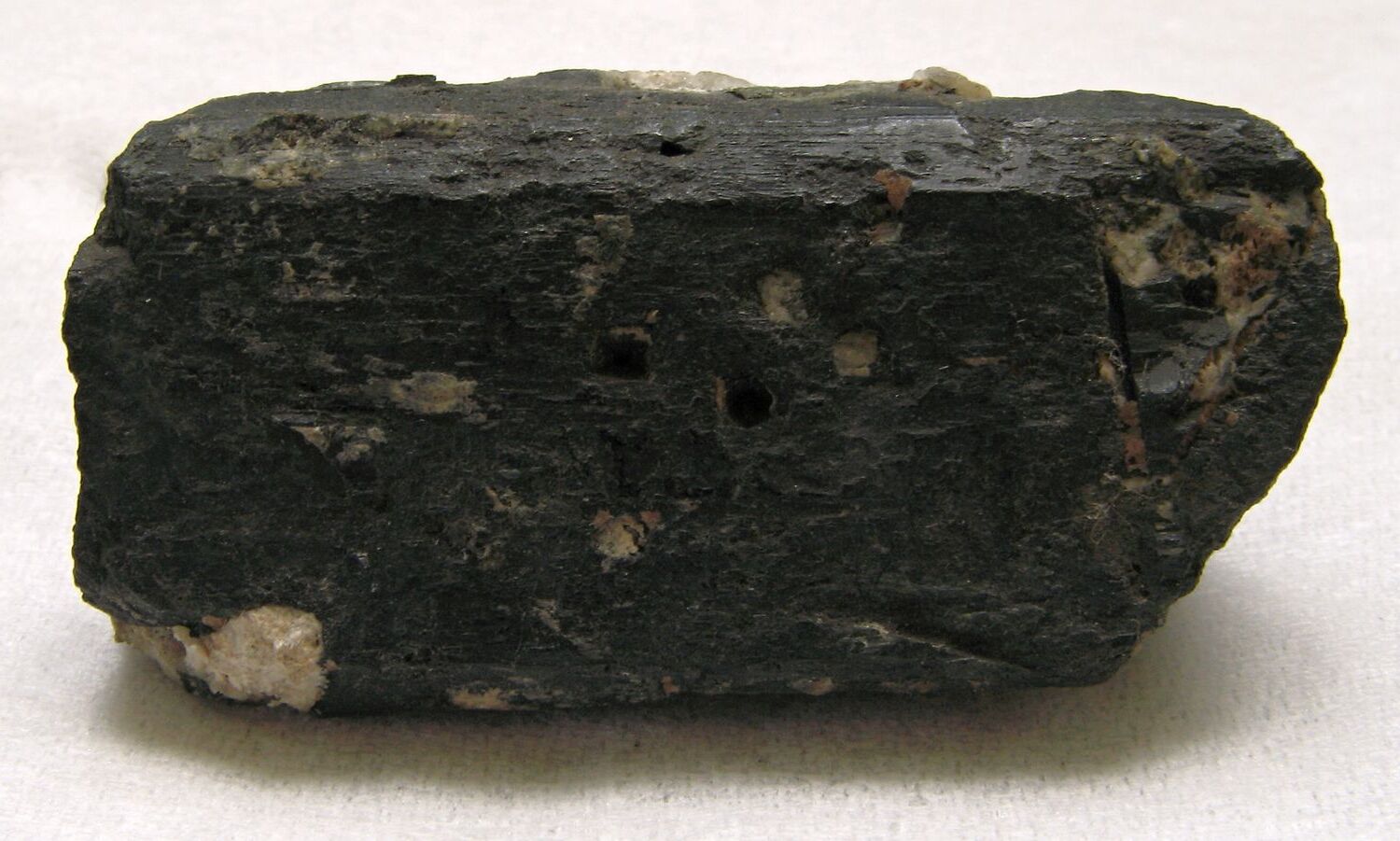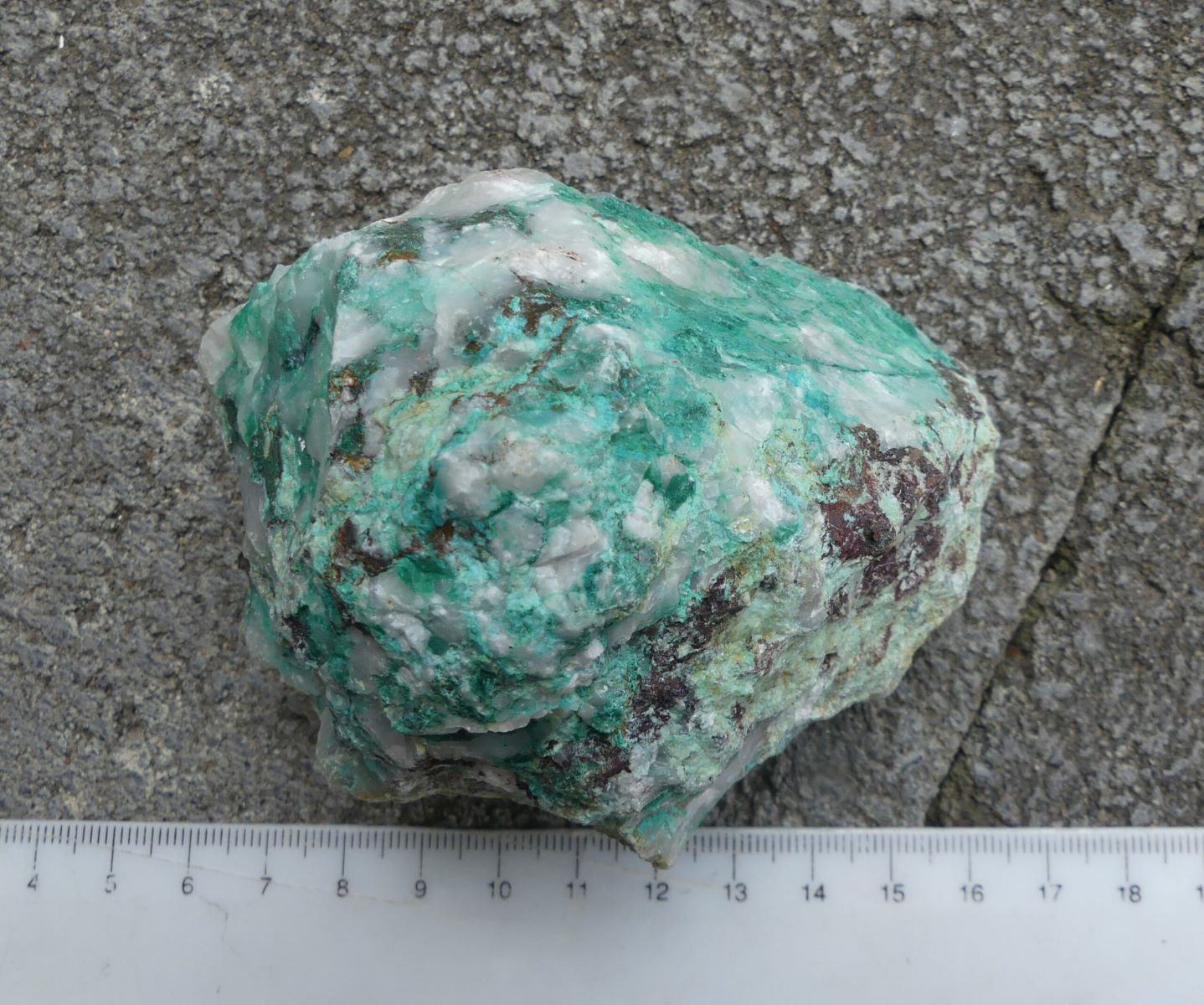
What is Aenigmatite? Aenigmatite is a rare, dark-colored mineral that often leaves geologists scratching their heads. Found in igneous rocks, it boasts a complex chemical formula: Na2Fe2+5TiSi6O20. This mineral is typically black or brownish-black with a glassy luster. Why is it called Aenigmatite? The name comes from the Greek word "aínigma," meaning "riddle" or "mystery," reflecting its puzzling nature. Where can you find it? Aenigmatite is usually located in places like Greenland, Russia, and Canada. Why should you care? Understanding aenigmatite can offer insights into geological processes and the Earth's history. Ready to dig deeper? Let's unravel the mysteries of this enigmatic mineral!
What is Aenigmatite?
Aenigmatite is a rare and fascinating mineral that often piques the curiosity of geologists and mineral enthusiasts. Its name, derived from the Greek word "aenigma," meaning "riddle" or "mystery," hints at its unique and enigmatic properties. Let's dive into some intriguing facts about this mineral.
-
Aenigmatite is a silicate mineral. It belongs to the inosilicate group, characterized by its chain-like structure of silicate tetrahedra.
-
It was first discovered in Greenland. The mineral was identified in 1865 by the Danish mineralogist O. B. Bøggild.
-
Aenigmatite has a complex chemical formula. Its composition is Na2Fe2+5TiSi6O20, which includes sodium, iron, titanium, and silicon.
Physical Properties of Aenigmatite
Understanding the physical properties of aenigmatite can help in identifying and studying this mineral. Here are some key characteristics.
-
Aenigmatite is typically black or dark brown. Its color can vary slightly depending on its exact composition and the presence of impurities.
-
It has a submetallic to vitreous luster. This gives the mineral a shiny, glass-like appearance.
-
The mineral has a Mohs hardness of 5.5 to 6. This makes it relatively hard, similar to the hardness of a steel nail.
-
Aenigmatite crystals are usually prismatic. They often form elongated, needle-like shapes.
Occurrence and Formation
Aenigmatite is not found everywhere. Its occurrence is limited to specific geological environments.
-
It forms in alkaline igneous rocks. These rocks are rich in sodium and potassium, providing the right conditions for aenigmatite to crystallize.
-
Aenigmatite is often associated with other rare minerals. These include minerals like nepheline, sodalite, and eudialyte.
-
The mineral can also be found in volcanic rocks. Specifically, it occurs in peralkaline volcanic rocks, which have high concentrations of alkali metals.
Uses and Significance
While aenigmatite may not be as well-known as some other minerals, it has its own unique significance.
-
Aenigmatite is used in geological research. Its presence can provide valuable information about the conditions under which certain rocks formed.
-
It is a collector's item. Due to its rarity and unique appearance, aenigmatite is sought after by mineral collectors.
-
The mineral has no significant industrial uses. Unlike some other minerals, aenigmatite is not mined for any commercial purposes.
Interesting Facts
Here are some additional intriguing tidbits about aenigmatite that highlight its unique nature.
-
Aenigmatite can be confused with other minerals. Its appearance is similar to minerals like arfvedsonite and riebeckite, making identification challenging without proper analysis.
-
It fluoresces under ultraviolet light. Some specimens of aenigmatite exhibit a weak fluorescence, adding to their allure for collectors.
Aenigmatite remains a mineral of great interest to those who study and appreciate the natural world. Its unique properties and limited occurrence make it a true geological enigma.
The Final Word on Aenigmatite
Aenigmatite, a rare and intriguing mineral, holds a special place in the world of geology. Its unique crystal structure and composition make it a subject of fascination for scientists and collectors alike. Found in igneous rocks and volcanic environments, this mineral offers insights into the Earth's geological processes.
Understanding aenigmatite's properties, such as its dark color and high iron content, helps in identifying and studying it. Its presence in remote locations like Greenland and Russia adds to its mystique. Whether you're a seasoned geologist or just curious about minerals, aenigmatite's story is worth exploring.
So next time you come across aenigmatite, remember its significance and the geological wonders it represents. This mineral is more than just a rock; it's a window into the Earth's dynamic history. Keep learning, stay curious, and let the world of minerals continue to amaze you.
Was this page helpful?
Our commitment to delivering trustworthy and engaging content is at the heart of what we do. Each fact on our site is contributed by real users like you, bringing a wealth of diverse insights and information. To ensure the highest standards of accuracy and reliability, our dedicated editors meticulously review each submission. This process guarantees that the facts we share are not only fascinating but also credible. Trust in our commitment to quality and authenticity as you explore and learn with us.


